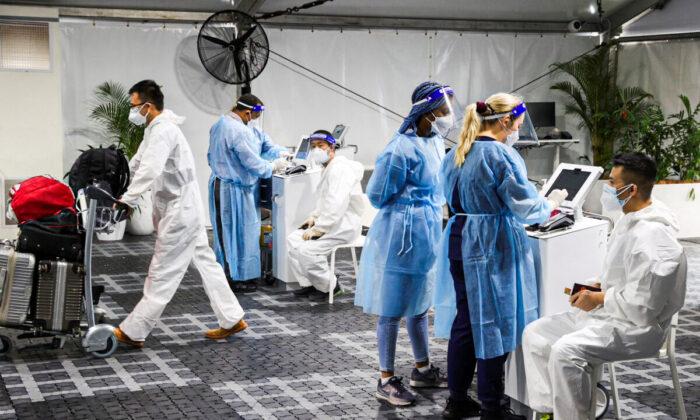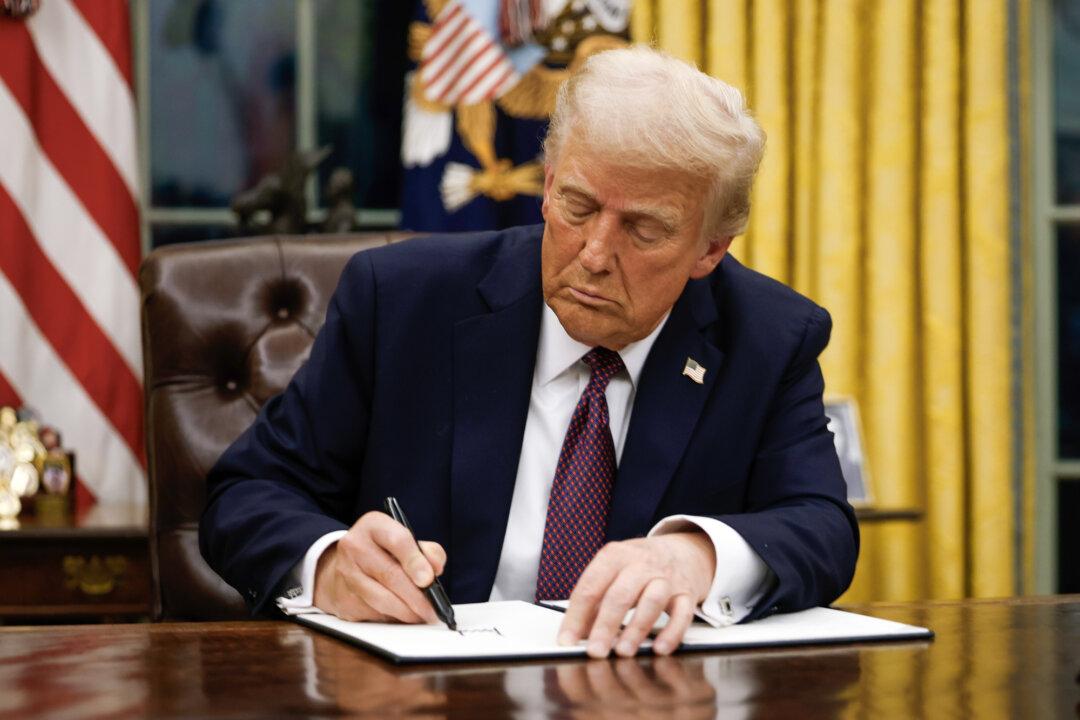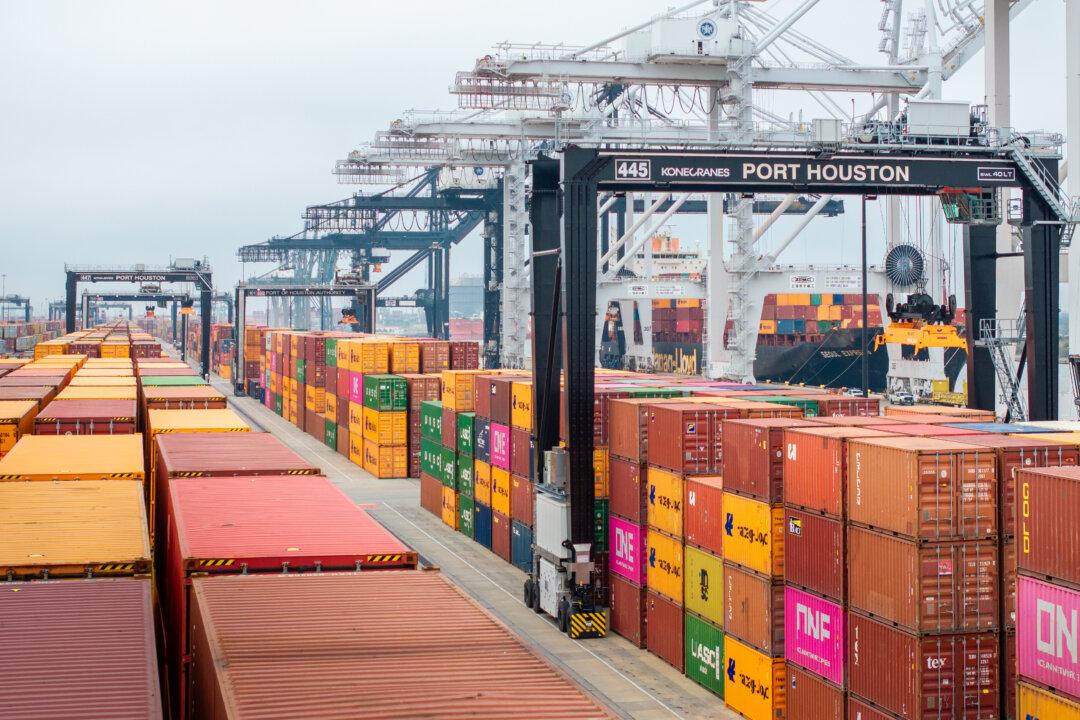The scientist who first detected the new strain of the Omicron coronavirus variant said on Dec. 3 that he’s concerned about how quickly it appears to have accumulated its unusual pattern of mutations.
“We are still trying to understand how so many mutations arose for Omicron in a short space of time,” Moyo said. “If you look at the previous lineages, if you look at Alpha, if you look at Beta, you can see that the mutations accumulated over time.”
The emergence of Omicron has set public health officials on edge, with a number of countries reimposing travel bans and other restrictions in response.
Meanwhile, researchers have been trying to understand the nature of the new variant’s emergence, how transmissible it could potentially be, and whether it is a milder variant than the Alpha or Delta strains, the latter of which emerged earlier this year as the dominant strain.
But with competing hypotheses that Omicron may have spent some time evolving in an animal host, the researchers said more study is needed to confirm the origins of Omicron’s mutations and their effects on function and transmissibility.


Moyo and his team shared their findings in an international database on Nov. 23, he said, and just hours later, a separate group in South Africa reported similar findings. Another group of researchers in Hong Kong also reported similar findings shortly after.
Moyo said he initially believed the new Omicron variant would be a weak virus with minimal side effects, but owing to its ability to replicate quickly and evade parts of the immune system, the risk of reinfection is much higher.
To date, more than 20 cases of Omicron have been reported in the United States, while worldwide, no deaths associated with the new variant have been reported.
“We hope that as data is coming in, people are going back to their freezers and they are pulling out old samples,” Moyo said. “Some scientists have done just that and have found that the Omicron lineage was already circulating as early as October.”
“It is possible that it could become [the] dominant variant,” Soumya Swaminathan said during a Reuters event, adding that it’s impossible for scientists to make that prediction. The Delta variant, she said, currently accounts for 99 percent of COVID-19 cases around the world.
“How worried should we be? We need to be prepared and cautious, not panic, because we’re in a different situation to a year ago,” Swaminathan said.
But Swaminathan told Reuters that there’s no conclusive evidence showing Omicron is a milder variant than the Delta or Alpha strains.
“It does seem to be able to overcome some of the natural immunity from previous infection,” the U.N. health agency official said. “The fact that they’re not getting sick ... that means the vaccines are still providing protection, and we would hope that they would continue to provide protection,” she said.





